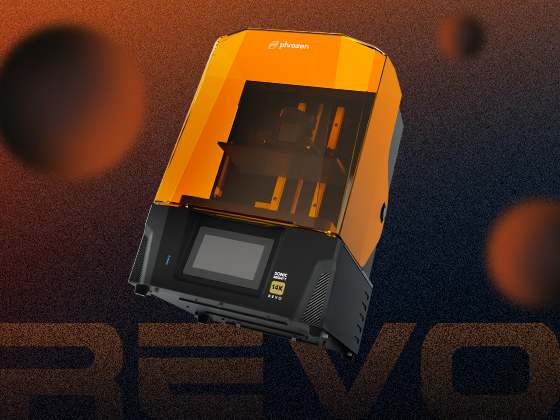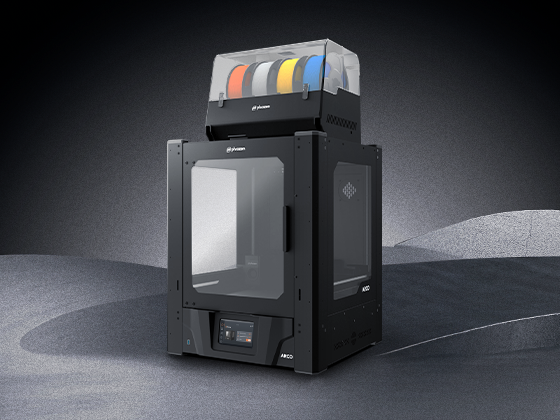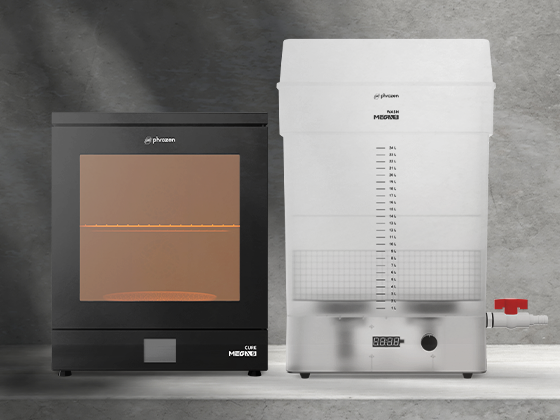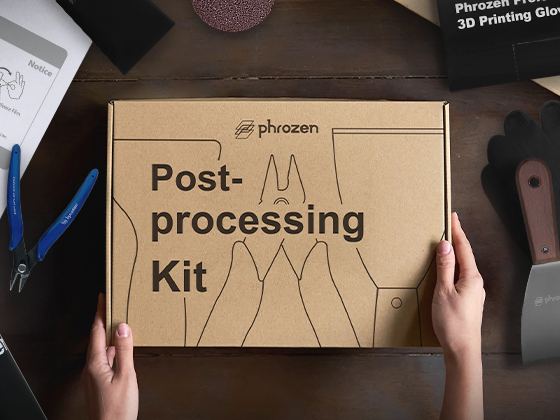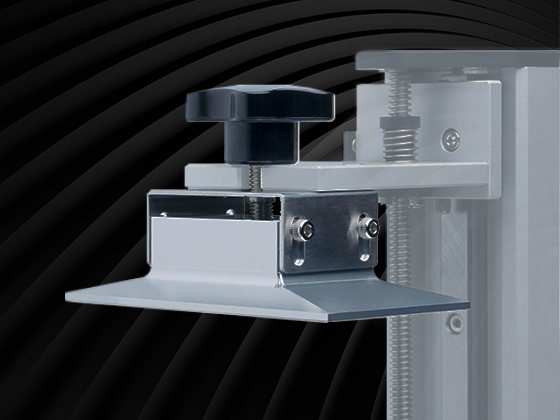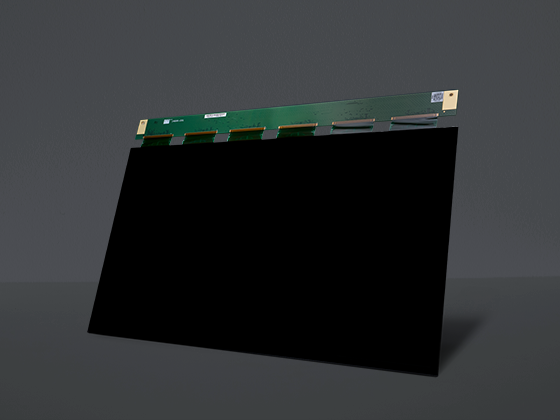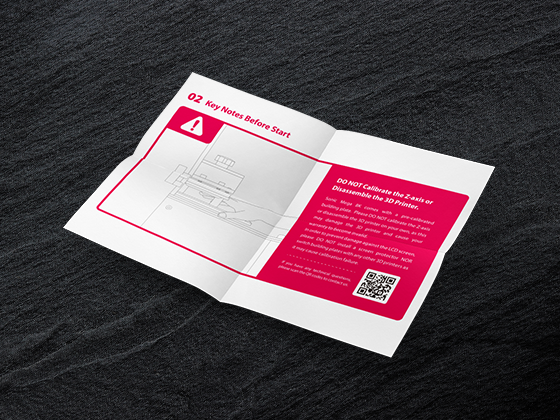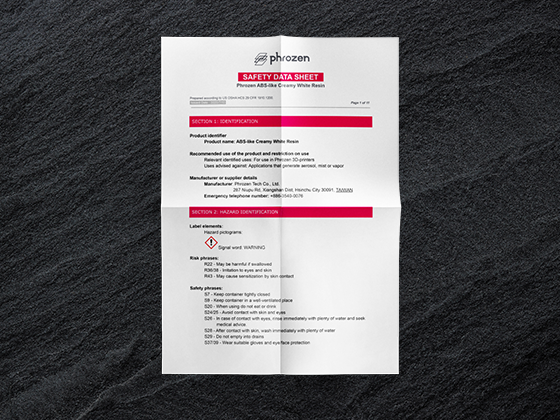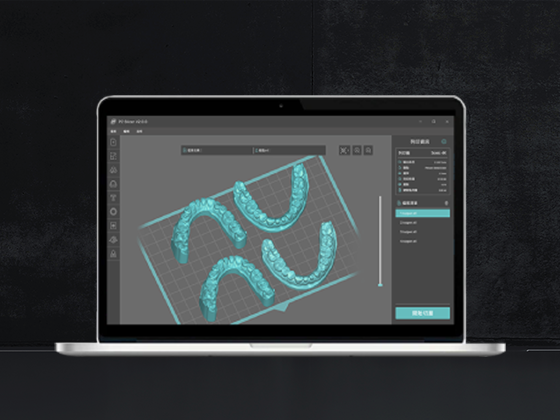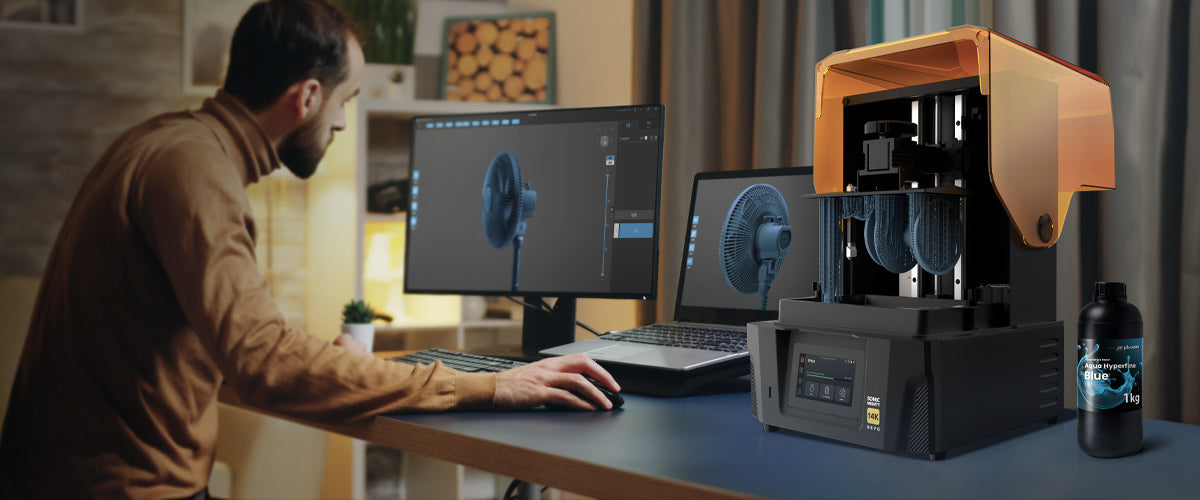How can you make money with a 3D printer? We’ve got the answer for you in this blog.
3D printing might have been reserved for industrial applications in the past, but in the last decade, these machines have been quickly embraced by hobbyists, entrepreneurs, and businesses alike.
They were predominantly used by businesses to create intricate designs and functional prototypes. However, these days, you can use 3D printers to create figures, jewelry, art pieces, practical gadgets, replacement parts, and much more. Your imagination is your limit.
That’s not all; you can actually turn your 3D printing hobby into a cool side job and earn some cash. We’ve done the hard part for you—through this blog, you’ll receive the best tips and advice on how to make money with a 3D printer.
How to Make Money with a 3D Printer: 7 Best Ways
Here are seven of the best ways to make money using your 3D printer:
Selling 3D-Printed Products
One of the most straightforward ways to make money with 3D printing is by selling your 3D-printed products. First, identify profitable niches that align with your interests and expertise. Here are some popular niches that might pique your interest:
- Art and decor
- Toys and collectibles
- Cosplay accessories
- Cellphone cases
- Office gadgets
- Replacement parts
- Jewelry
Keep in mind that each niche comes with its unique market dynamics.
Once you've narrowed down your niche, conduct market research and competitive analysis. Explore existing products in your chosen niche to understand what’s already available and identify gaps in the market.
Look for opportunities to offer unique designs, better quality, or lower prices. Engaging with online communities and forums related to your niche can provide valuable insights into customer needs and trends.

Etsy is a popular site for hand-made and unique items (Image source: Etsy)
Next, find the right platform to sell your 3D-printed products. This depends on what you’re selling. For instance, Shopify is a great option if you want a dedicated online store, offering a wide range of e-commerce and customization options.
On the other hand, Etsy is popular for handmade and unique items, providing access to a large audience interested in custom products. Amazon has a vast reach, and you can also leverage its fulfillment services. Consider other platforms such as eBay, eCrater, and even social media marketplaces like Facebook Marketplace.
By focusing on a specific niche, conducting thorough market research, and selecting the right platforms, you can successfully sell 3D-printed products and tap into the growing demand for personalized, custom items.
However, if you want to sell 3D products, invest in a high-quality 3D printer with a large print volume to mass-produce your goods. Additionally, make sure your creations are of the highest quality to attract customers.
For more on printing large volumes of 3D models, check out our blog: Mega-Sized Prints Made Easy.
Moreover, if you want to sell 3D printed goods, they must be of top quality and you must be able to 3D print at a fast rate to meet the demand. For this, you can check out our blogs on 3D printing faster and improving 3D print quality for a detailed breakdown of everything you need to do to improve and speed-up your 3D prints.
Providing On-Demand 3D Printing Solutions
Another effective method of making money with your 3D printer is by offering on-demand 3D printing services. This involves printing custom orders for clients ranging from individuals needing a single prototype to companies requiring large batches of parts.
Firstly, choose a niche that aligns with your interests. Here are some that you can consider:
- Prototyping for startups
- Architectural models
- Custom gifts
Specializing in a niche will help you differentiate yourself from competitors and appeal to specific clients looking for industry-specific services. After narrowing down your specialization, start building your client base through online and offline methods. Consider the following:
- Join industry-specific forums and groups
- Attend trade shows
- Leverage social media to reach potential clients
Price your 3D-printed products competitively. Consider offering discounts and free consultations to attract clients and build trust, especially when starting out. Take into account the cost of materials, machine maintenance, and your time when setting prices.
Offering tiered pricing based on the complexity and quantity of the order can appeal to a wider range of clients. Monitor market rates and adjust your prices accordingly to stay competitive.
Create a dedicated website to market your on-demand 3D printing services. Showcase your products/services on your website and make it easy for clients to request quotes and place orders.
Invest in SEO to ensure potential clients can find your business through search engines. Also, utilize social media and online marketing to increase visibility and attract more clients.
Providing top-notch on-demand 3D printing services can be one of the best ways to make money with your 3D printer, though it might require a higher skill level and more expertise, especially when dealing with corporations. Ensure you have the right niche, build your client base, and implement smart pricing and marketing strategies.
Producing 3D Printing-Themed Content
You can also make money with a 3D printer by creating content. By sharing your knowledge and expertise, you can generate income through ad revenue, affiliate marketing, and sponsored content.
There are various types of content you can create:
- Product reviews of 3D printers, materials, and accessories
- How-to videos and tutorials
- Software walkthroughs, demos, and troubleshooting guide
YouTube is a hot-bed for 3D printing related content creators
Several tools and platforms can help you create content. If you want to provide video content, YouTube is the prime destination, where you can earn through ads and sponsorships. Research the top creators in 3D printing to understand the type of content they produce.
You can also write blogs to make money with your 3D printer. By providing detailed articles and tutorials, you can attract traffic to your blogs, with opportunities for ad placements and affiliate links.
Share your video and blog content and interact with your audience through social media platforms like Instagram and Facebook. Collaborating with other creators and participating in online communities can expand your reach.
Creating content demands consistency and engagement. Post regularly, respond to comments and inquiries, and consistently engage with your audience to grow your following. By creating valuable, informative content and effectively monetizing it, you can generate a steady income stream while sharing your passion for 3D printing.
Selling 3D Model Files
Selling digital 3D designs, known as STL files, is also a fantastic way to make money from 3D printing. Best of all, you don’t need a physical inventory. Once you've created and uploaded your designs, they can be downloaded by hundreds and thousands of customers, offering you a steady flow of income. Pricing for your STL files can range from free to hundreds of dollars, depending on the complexity and intricacy of your 3D model.
After designing your 3D model, you’ll need a platform to sell it on. Popular platforms include:
These sites attract a global audience, increasing your chances of making sales. Each site has its advantages and unique features, so conduct in-depth research.

PIXUP offers tons of unique perks for high-quality STL designers.
For instance, PIXUP has an exclusive Phrozen Verified service that boosts creators' earnings by 5%, initiates dedicated promotion, and provides operational support. If you’re interested in joining Phrozen Verified, consider our article: Why Use Phrozen Verified Service?
You don’t need expensive software to create 3D designs and make money from a 3D printer. There are many free tools available, including:
These programs offer comprehensive features for designing detailed and intricate models, making them ideal for both beginners and experienced designers. If you’re going to sell your digital designs, protect your intellectual property by watermarking images, using low-resolution previews for online listings, and clearly stating your licensing terms to prevent unauthorized use of your work.
Maximizing sales involves more than just uploading your designs. High-quality renders and detailed descriptions can make your models stand out. Engaging with customers through comments and providing excellent customer service can lead to positive reviews, boosting your credibility and visibility on these platforms.
Selling 3D designs offers the advantage of passive income, minimal overhead costs, and the ability to reach a global market. By leveraging popular marketplaces and using free design software, you can build a successful business around your 3D modeling skills. If you’re good at it, you’ll be making more than just passive income.
However, you might need some inspiration on what to print. If that's the case, you must check out our most popular blog on cool 3D prints: it has the most unique and coolest 3D models that you'll love to 3D print for sure. It's also an excellent insight as to what others are looking for in 3D models.
Dropshipping 3D Printing Equipment and Supplies
Dropshipping is a business model where you sell products without holding inventory. Instead, when you make a sale, the supplier ships the product directly to the customer. This model reduces upfront costs and inventory risks, making it an attractive option for selling 3D printers, parts, and materials.
How to make money 3D printing through dropshipping?
To make money with 3D printing via dropshipping, choose reliable suppliers with good reputations, quality products, and efficient shipping practices. Platforms like AliExpress, SaleHoo, and Oberlo can help you find suitable suppliers for 3D printing products.
Next, build an online store. Shopify, WooCommerce, and BigCommerce are popular e-commerce platforms that integrate seamlessly with dropshipping apps. These platforms allow you to create a professional-looking store, manage orders, and handle payments.
Market your dropshipping business using both online and offline strategies. Invest in search engine optimization (SEO), pay-per-click (PPC) advertising, and social media marketing to drive traffic to your store. If you’re just starting out, consider offering promotions and discounts to help convert visitors into buyers.
Customer service is critical in dropshipping. Since you won't be handling the products directly, maintaining clear communication with your suppliers and customers is essential. Provide timely updates, handle inquiries promptly, and ensure that your suppliers meet their shipping commitments.
By focusing on these aspects, you can successfully sell 3D printers, parts, and materials without the need for significant upfront investment.
Offering 3D Modeling Services
If you have skills in 3D modeling, offering 3D modeling services can be an effective way to make money from 3D printing.
How can I make money with a 3D printer by offering modeling services? Many businesses and individuals require custom 3D models for various purposes, including product prototypes, architectural visualizations, and animations.
Find clients for 3D modeling services through various channels. Freelance platforms like Upwork, Fiverr, and Freelancer connect you with potential clients looking for 3D modeling expertise. Joining industry-specific forums and attending trade shows can also help you network and find clients.
Build a strong portfolio showcasing your skills and expertise. Include a variety of models that demonstrate your versatility. High-quality renders, detailed descriptions, and testimonials from previous clients can enhance your portfolio's appeal.
Pricing your services competitively is crucial for attracting and retaining clients. Consider the complexity of the project, your experience, and market rates when setting your prices. Offering different pricing tiers based on the level of detail and turnaround time can appeal to a broader range of clients.
By leveraging freelance platforms, networking, and building a strong portfolio, you can successfully offer 3D modeling services and tap into the growing demand for custom 3D models.
Training and Workshops
As 3D printing technology becomes more mainstream, the demand for training and workshops has increased, offering plenty of opportunities to make money with a 3D printer.
How can you make money with a 3D printer through training and workshops? Offer educational sessions to share your knowledge and help others get started with 3D printing. Consider providing the following types of training:
- Basic 3D printing techniques
- Advanced 3D modeling and design
- Troubleshooting common issues
Hands-on workshops, online courses, and one-on-one coaching sessions are popular formats for delivering training.
Promote your training services using both online and offline strategies. Creating a website, leveraging social media, and listing your courses on platforms like Udemy and Coursera can help you reach a broader audience. Collaborate with local maker spaces, schools, and community centers to attract participants to your workshops.
Providing high-quality training requires thorough preparation and engaging delivery. Ensure your materials are up-to-date, clear, and comprehensive. Encourage interaction and hands-on practice to enhance the learning experience.
By offering training and workshops, you can generate income while sharing your passion for 3D printing and helping others develop valuable skills.
Running a 3D Print Farm

Another great way to make money with a 3D printer is by running a 3D print farm. This method involves scaling up your operation by managing multiple 3D printers to handle larger production volumes. Instead of focusing on one-off projects, you can take on bulk orders or offer a wider variety of 3D printing services, which allows you to boost your income.
With a 3D print farm, you can produce parts on a larger scale, making it ideal for businesses or individuals looking to fulfill high-demand orders, produce prototypes for multiple clients, or create small-batch products efficiently. By expanding your 3D printing capacity, you can take on more projects, reduce lead times, and offer faster turnaround times for your customers.
To run a successful 3D print farm, you'll need to invest in multiple printers and create an efficient workflow that allows you to manage various print jobs simultaneously. Utilizing software for job scheduling and printer management will help you keep track of production and optimize your workflow. This business model can be more demanding, but it offers significant potential for revenue growth by serving larger markets and industries.
How Much Money Can I Earn from 3D Printing?
The amount of money you earn from your 3D printing venture can vary widely depending on factors such as your niche, expertise, market demand, and business model. Some individuals and businesses earn modest supplemental income, while others have built highly profitable ventures.
It's common for freelance 3D designers to charge anywhere from $20 to $100 per hour for their services, and for entrepreneurs selling 3D-printed products, profits can range significantly based on pricing strategy, overhead costs, and sales volume.
For example, successful Etsy sellers often generate several hundred to thousands of dollars per month from their 3D-printed items. Ultimately, it comes down to what, where, and to whom you’re selling your 3D-printed products.
Now that you’re familiar with how to make money 3D printing and how much you can earn, consider looking at the statistics of the 3D printing market to get an idea of where the industry is headed and how to capitalize on emerging trends.
The 3D Printing Market
The 3D printing market has seen exponential growth over the past decade. According to industry reports, the global 3D printing market was valued at over $22 billion in 2023 and is projected to reach more than $150 billion by 2032. This impressive growth is fueled by advancements in technology, decreasing costs of 3D printers, and the increasing adoption of 3D printing across various industries.
Key industries utilizing 3D printing include aerospace, healthcare, automotive, and consumer goods. In aerospace, 3D printing is used to create lightweight, complex parts that enhance fuel efficiency and performance. In healthcare, it’s revolutionizing the production of custom prosthetics, implants, and even bioprinted tissues. The automotive industry leverages 3D printing for rapid prototyping and manufacturing bespoke components. Consumer goods companies use it to offer personalized products that cater to individual preferences.
Entering the 3D printing market offers several benefits. It allows for the creation of customized products with minimal waste and reduced lead times. Additionally, the ability to produce on-demand reduces the need for large inventories, lowering overhead costs. The flexibility and adaptability of 3D printing also open doors to innovative product development and niche market opportunities.
Wrapping Up!
Making money with 3D printing offers numerous opportunities for creative entrepreneurs. Whether you're selling physical products, offering services, creating content, or providing training, the potential for profitability is substantial. The key to success lies in identifying the right niche, conducting thorough market research, and implementing effective marketing strategies.
As you embark on your 3D printing business journey, remember that persistence and innovation are crucial. Stay updated with the latest trends and advancements in 3D printing technology, and continuously seek ways to improve your products and services. Through this blog on how to make money with a 3D printer, we hope to have equipped you with practical insights and actionable strategies.
Frequently Asked Questions (FAQ)
Q: What is 3D printing?
A: 3D printing, also known as additive manufacturing, is a process of creating three-dimensional objects from a digital file. It involves laying down successive layers of material until the entire object is formed. Common materials used in 3D printing include plastics, metals, and resins.
Q: How can I start a 3D printing business?
A: Starting a 3D printing business involves several steps: acquiring a 3D printer, learning how to use 3D modeling software, identifying a niche market, and deciding on a business model (e.g., selling products, offering printing services, or creating content). Conduct market research, create a business plan, and start marketing your services or products online.
Q: What are the costs involved in 3D printing?
A: The costs of 3D printing include the initial investment in a 3D printer, materials (filaments, resins, etc.), maintenance, and electricity. Prices for 3D printers can range from a few hundred to several thousand dollars, depending on the type and capabilities. Material costs vary based on the type and quality of the material.
Q: Can I make money with a 3D printer?
A: Yes, you can make money by selling 3D-printed products. Popular niches include art and decor, toys and collectibles, cosplay accessories, and custom jewelry. Additionally, you can consider dropshipping, creating content, and providing 3D printing classes. Success depends on finding a unique offering, setting competitive prices, and effectively marketing your products.
Q: What are on-demand 3D printing services?
A: On-demand 3D printing services involve printing custom orders for clients. Customers provide the design, and you print and ship the finished product. This business model is popular for prototyping, custom parts, and personalized gifts.
Q: How can I protect my 3D designs?
A: To protect your 3D designs, consider watermarking images, using low-resolution previews for online listings, and clearly stating your licensing terms. Selling on reputable platforms that offer intellectual property protection can also help safeguard your designs.
Q: Where can I sell my 3D designs?
A: You can sell your 3D designs on platforms like PIXUP, TurboSquid, MyMiniFactory, CGTrader, and Cults3D. These marketplaces attract a global audience and provide tools for listing and selling digital files.
Q: What software do I need for 3D modeling?
A: Several software options are available for 3D modeling, ranging from free to professional-grade. Popular free options include Chitubox, Blender, FreeCAD, and OpenSCAD. Professional software includes Autodesk Fusion 360, SolidWorks, and Rhino.
Q: What is dropshipping, and how can it be applied to 3D printing?
A: Dropshipping is a retail fulfillment method where you sell products without holding inventory. When you make a sale, the supplier ships the product directly to the customer. In 3D printing, you can dropship 3D printers, parts, and materials by partnering with reliable suppliers and selling their products through your online store.
Q: How can I market my 3D printing business?
A: Marketing your 3D printing business involves creating an online presence, leveraging social media, optimizing your website for search engines (SEO), and participating in online communities related to your niche. Offering promotions, engaging with potential customers, and showcasing your work can also help attract clients.
Q: Are there opportunities for passive income in 3D printing?
A: Yes, there are opportunities for passive income in 3D printing. Selling digital 3D designs, creating educational content, and affiliate marketing are some ways to generate passive income. Once your designs or content are created and uploaded, they can continue to generate revenue with minimal ongoing effort.
Q: What are the benefits of offering 3D printing training and workshops?
A: Offering 3D printing training and workshops allows you to share your knowledge and expertise while generating income. Training sessions can cater to beginners or advanced users and cover topics like basic 3D printing techniques, advanced modeling, and troubleshooting. Providing high-quality training can help you establish yourself as an authority in the field and attract a loyal following.

